Back to Courses

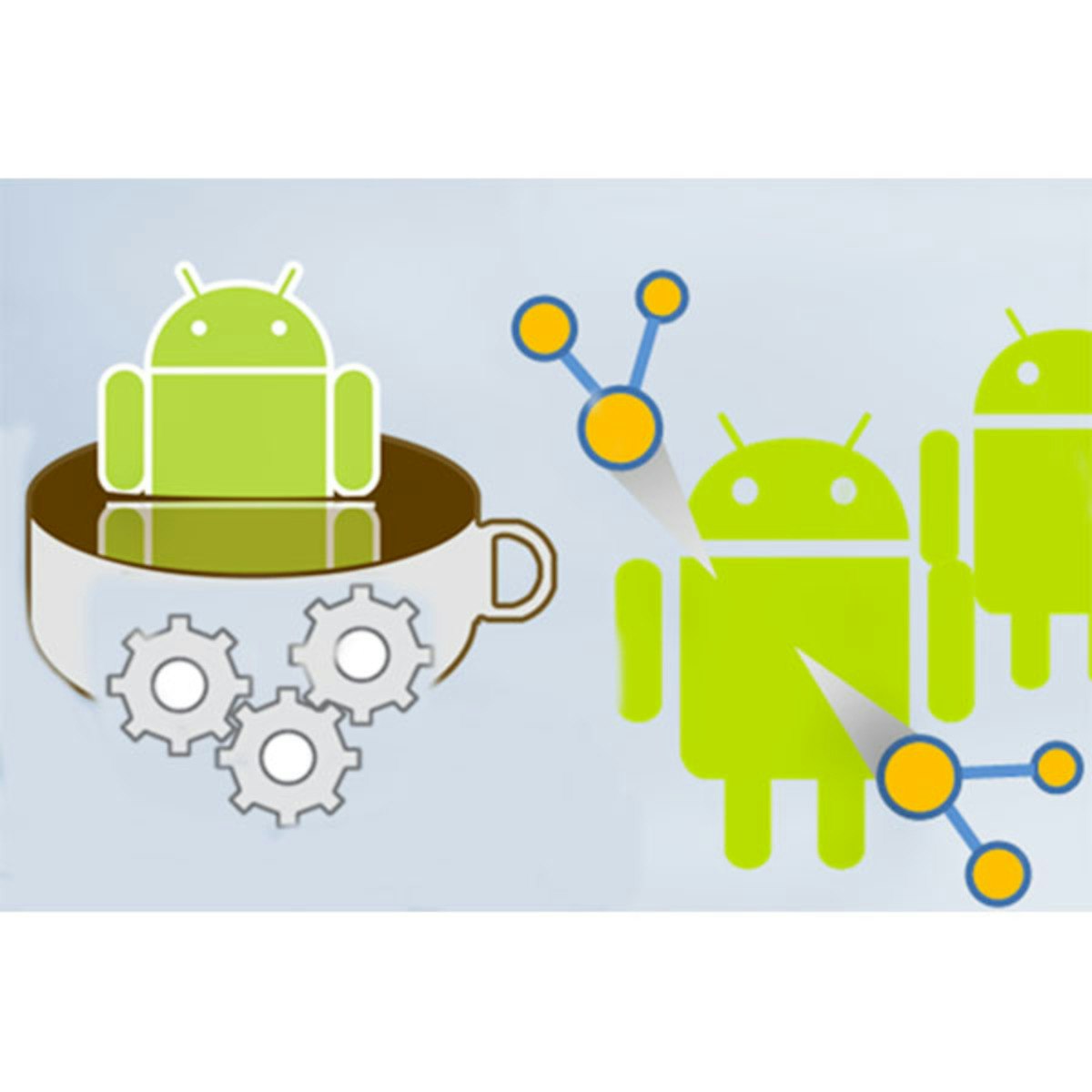
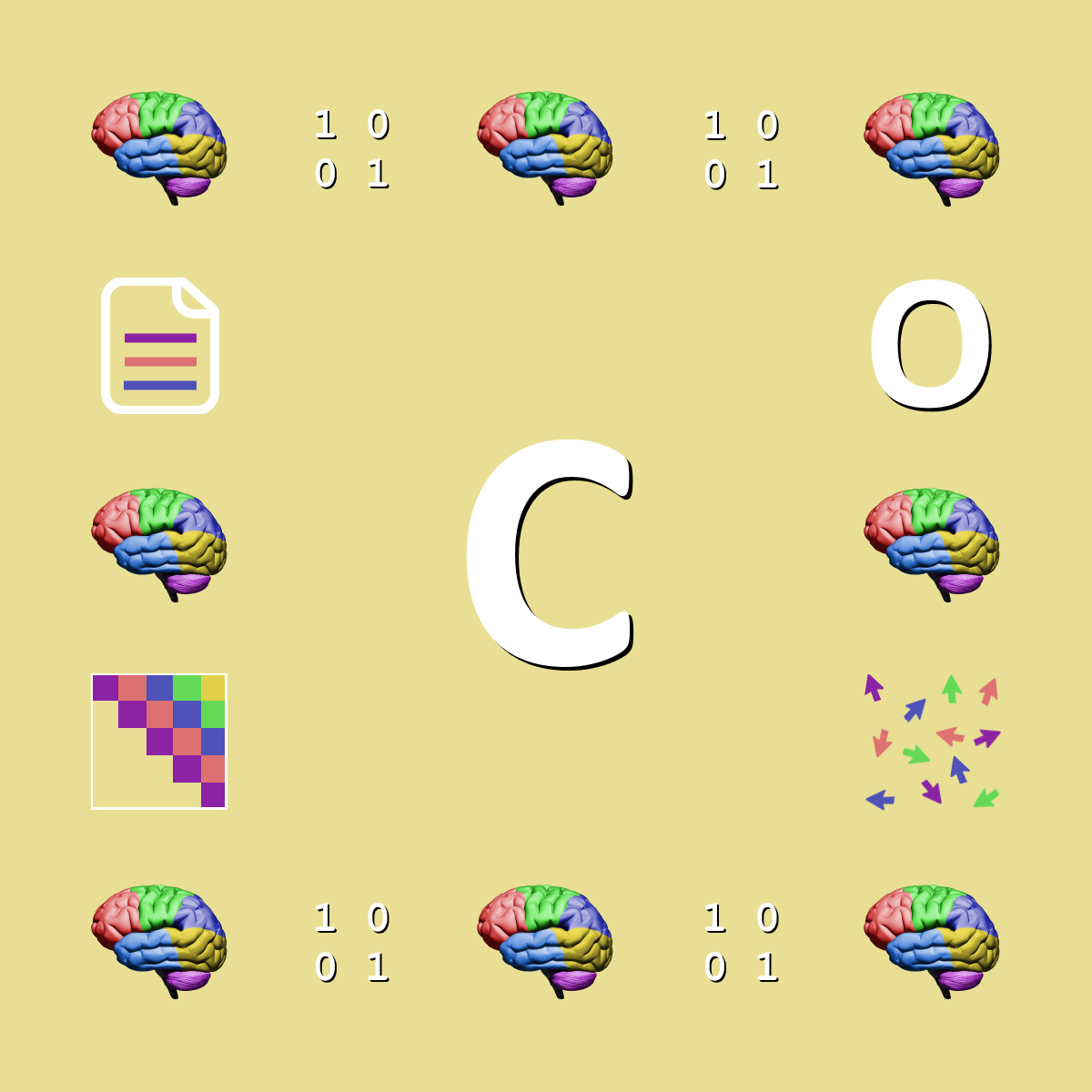


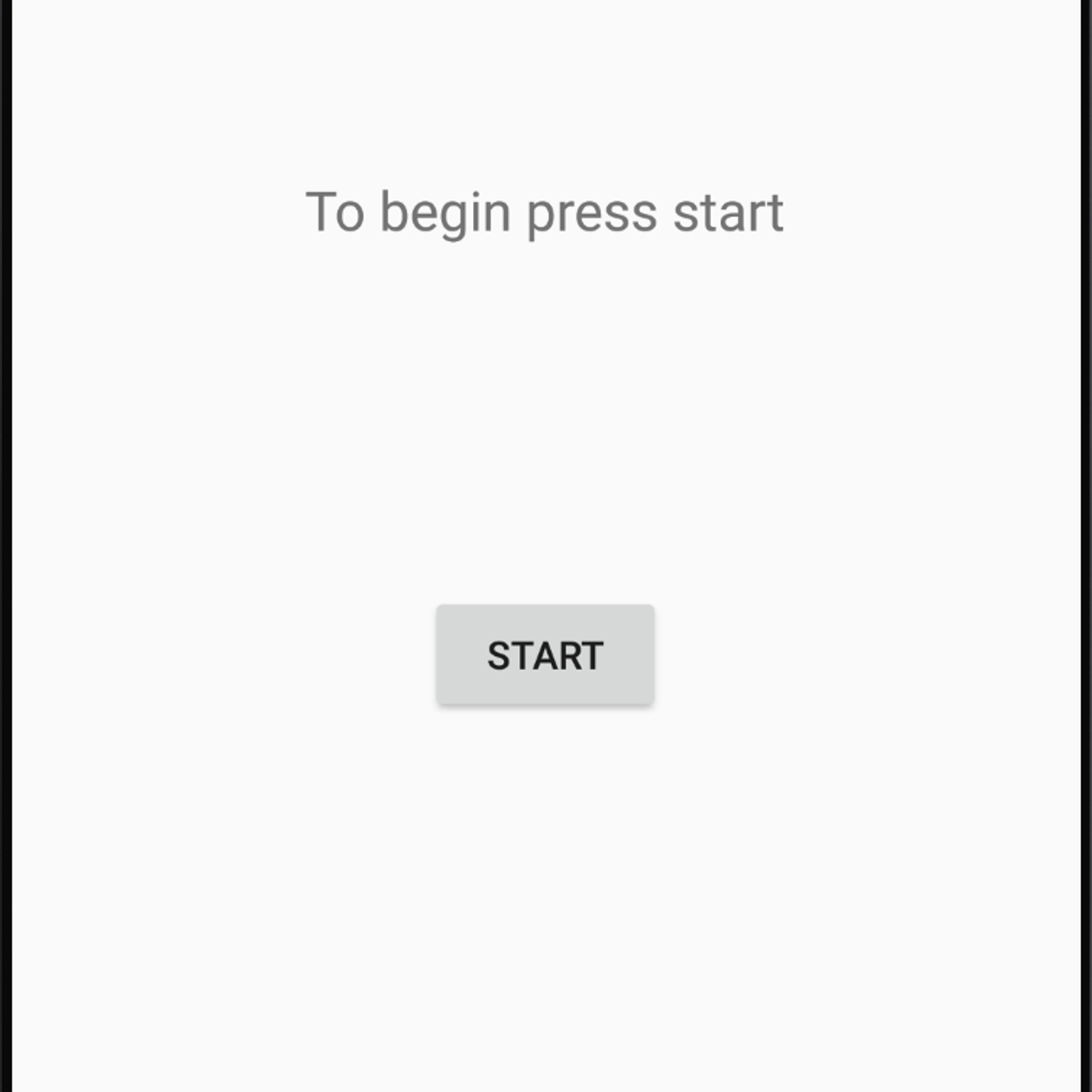
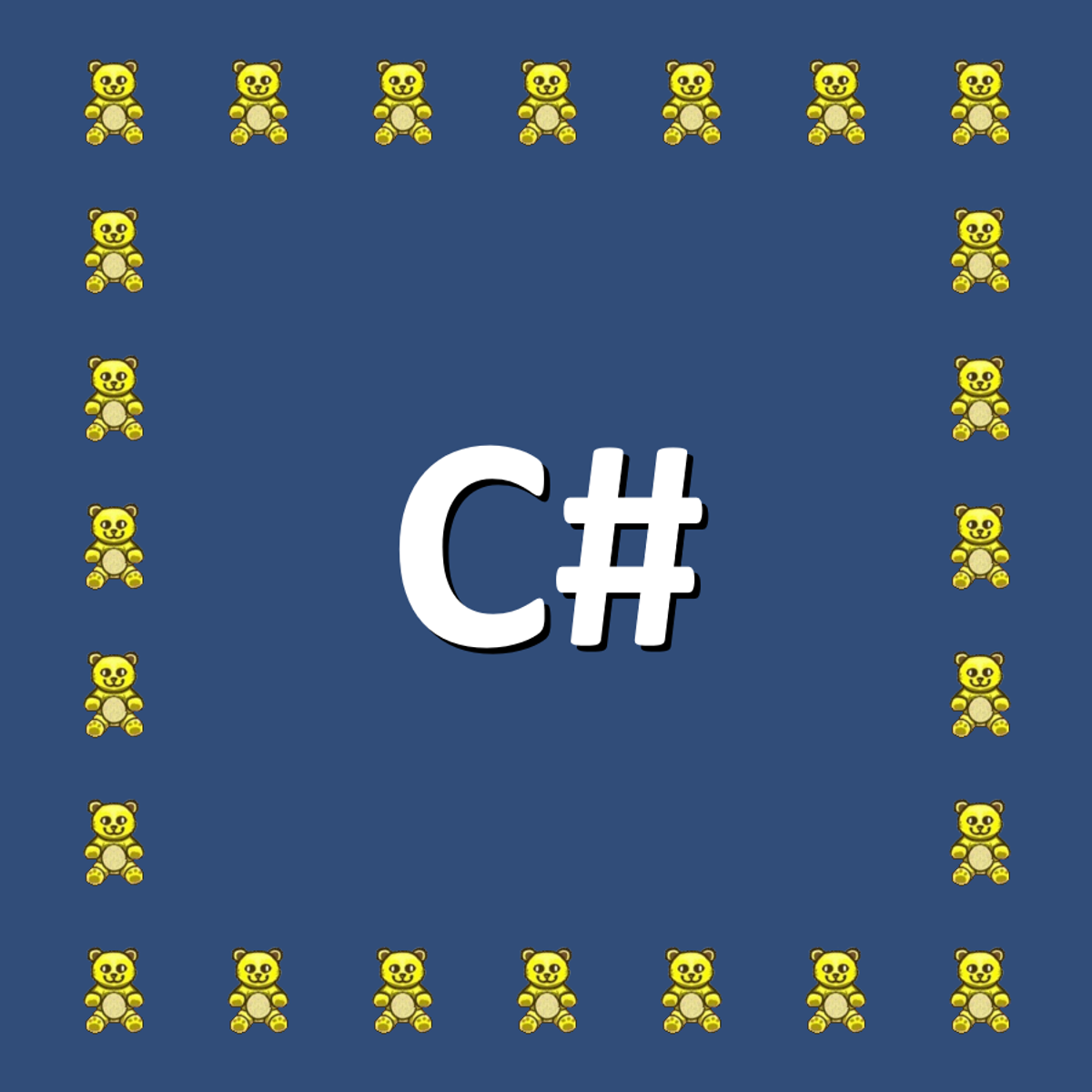

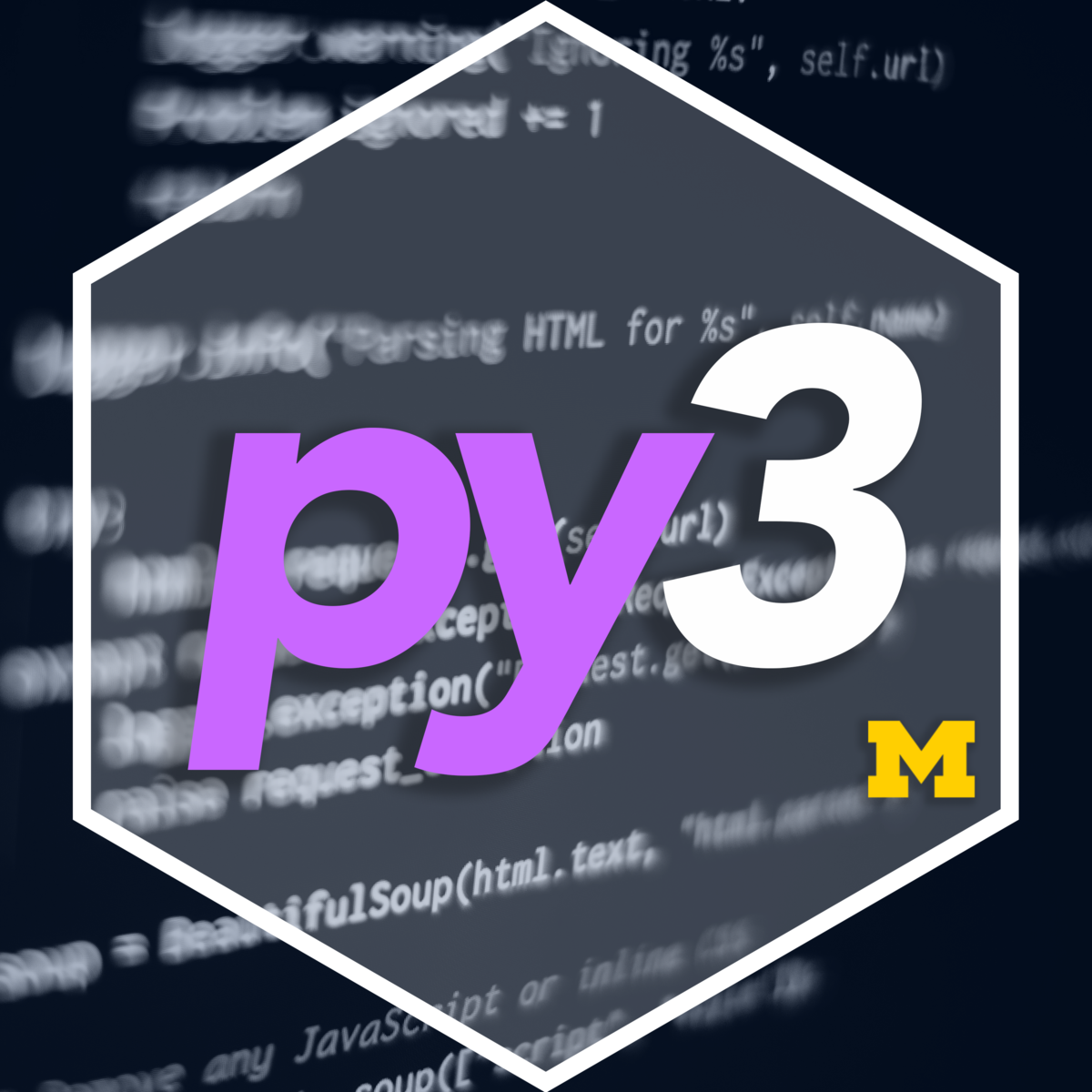
Computer Science Courses - Page 158
Showing results 1571-1580 of 2309

CompTIA Practice
This course is geared towards anyone looking to take the CompTIA A+ certification exam. This certification focuses predominately on computer support or helpdesk. This course gives you easy access to the invaluable learning techniques used by many in their preparation of the CompTIA A+ certification exam. This course focuses on two primary areas, visual based questions, and simulation-based questions that are based on common core concepts of the exams. Using these approaches, regardless of your skill levels in the topics and objective areas of the exam, should provide you a glimpse of what a tier 1 helpdesk would be. If you’re already working in the industry or already have experience working as a helpdesk individual for a good length of time, this practice course will cover the more focused details about the exam. If you’re not as experienced, you’ll see not just the focus on exams details, but will also be given the opportunity to explore and grow. If you’ve ever wanted to become certified as a CompTIA A+ technician, this course will help serve as your guide. This course has a wide array of exercises, all with the purpose of ensuring that you have the tools needed to be successful of your exam. The only equipment needed is a computer with internet access.
It is assumed that you have completed the Google CompTIA A+ course.

UX (User Experience) Capstone
In this UX capstone course, you’ll conduct a multi-stage user experience project to design a product from scratch. You will employ interviews, inspection methods, and user testing, along with ideation, design, and prototyping methods to gain and communicate valuable insight that can be used to deliver a compelling product.
You will:
Learn how to design and carry out an integrated multi-phase user experience research and design project
Gain experience conducting user experience research in a real-world setting
Gain hands-on experience with a realistic UX design project
Improve ability to communicate design concepts and actionable research findings.

Capstone MOOC for "Android App Development"
The Capstone project integrates material from throughout the Android App Development Specialization to exercise and assess the ability of learners to create an interesting Android app. Learners will apply knowledge and skills learned in previous MOOCs in this Specialization, including Java programming features; Android activity, broadcast receiver, service, and content provider (plus SQLite) components; and unit, integration, and user interface testing. The project itself is similar in scope to previous assignments in the earlier MOOCs in the Specialization. However, it is intentionally designed to enable learners to create a customized app that demonstrates their creativity and mastery of the Specialization topics.

Simulation, Algorithm Analysis, and Pointers
This course is the fourth and final course in the specialization exploring both computational thinking and beginning C programming. Rather than trying to define computational thinking, we’ll just say it’s a problem-solving process that includes lots of different components. Most people have a better understanding of what beginning C programming means!
This course assumes you have the prerequisite knowledge from the previous three courses in the specialization. You should make sure you have that knowledge, either by taking those previous courses or from personal experience, before tackling this course. The required prerequisite knowledge is listed below.
Prerequisite computational thinking knowledge: Algorithms and procedures; data collection, analysis, and representation; abstraction; and problem decomposition
Prerequisite C knowledge: Data types, variables, constants; STEM computations; selection; iteration (looping); arrays; strings; and functions
Throughout this course the computational thinking topics you'll explore are: automation, simulation, parallelization, and algorithm analysis.For the programming topics, you'll continue building on your C knowledge by implementing file input and output in your programs and by exploring pointers in more depth.
Module 1: Learn how to read, write, and append to files. Explore automation
Module 2: Discover the benefits of simulation and parallelization
Module 3: Learn how to perform algorithm analysis to quantify algorithm complexity
Module 4: Explore how to use pointers in more depth

Create a Simple Desktop App with VB.NET
By the end of this introductory project, you will have used Visual Studio to create a simple desktop application with VB.NET. This introduction to VB.NET will provide an overview of the Visual Studio IDE (Interactive Development Environment) and VB.NET as you create and test a simple application that adds two numbers together and displays the answer.
Note: This course works best for learners who are based in the North America region. We’re currently working on providing the same experience in other regions.

Create a First-Person Camera (VM-Compatible!) in Unity
In this one-hour, project-based course, you will learn how to create a camera controller for a First Person Shooter game that will work on any computer and virtual machine. This project covers setting up the FPS camera and player, writing C# scripts that will control the player's movement using the keyboard keys, and controlling the camera angle using the mouse.
Note: Ordinarily, an FPS camera would use Input.GetAxis() in Unity. This works on all platforms but often breaks when using the Unity editor in virtual machines. This guided project creates a solution which, though more complex, will work on a virtual machine.
This project makes use of the sci-fi-themed Unity scene created in Create Power-Ups and Obstacles with C# in Unity, which compliments this guided project. Although that project is not a prerequisite, it's recommended for a more well-rounded understanding of the concepts presented herein.

Access CSV in an Android Studio Project
In this 1-hour long project-based course, you will learn how to create an Asset folder in an Android Studio project / Android app file structure for asset files (eg CSV file), how to access the information in the CSV file from your Android app, and how to display the information from the CSV file in your Android app.
Note: This course works best for learners who are based in the North America region. We’re currently working on providing the same experience in other regions.
Projects in Series 1:
1. Build a Simple App in Android Studio with Java
2. Build a Persistent Storage App in Android Studio
3. Build a Linear Layout App in Android Studio
4. Build a Relative Layout App in Android Studio
5. Build a Table Layout App in Android Studio
Projects in Series 2:
1. Build an App in Android Studio using Resources
2. Build an App in Android Studio using Static Files
3. Build an App in Android Studio using Read - Write
4. Build an App in Android Studio using onTouch
5. Build an App in Android Studio using Activities
Projects in Series 3:
1. Access CSV in an Android Studio Project
2. Access SQLite in an Android Studio Project.
3. Access WebView in an Android Studio Project.
4. Access NFC in an Android Studio Project
5. Access Maps in an Android Studio Project.

Introduction to C# Programming and Unity
This course is all about starting to learn how to develop video games using the C# programming language and the Unity game engine on Windows or Mac. Why use C# and Unity instead of some other language and game engine? Well, C# is a really good language for learning how to program and then programming professionally. Also, the Unity game engine is very popular with indie game developers; Unity games were downloaded 16,000,000,000 times in 2016! Finally, C# is one of the programming languages you can use in the Unity environment.
This course doesn't assume you have any previous programming experience. Don't worry if you've never written code before; we'll start at the very beginning and work our way up to building small games by the end of the course. Throughout the course you'll learn core programming concepts that apply to lots of programming languages, including C#, and you'll also learn how to apply those concepts when you develop games.
Computer programming is really fun in general, and programming games is even better!
Caution: Beginning (assuming no prior programming knowledge) is not the same as easy (not hard to do). Learning to program IS hard to do, especially since this course is essentially the first half of a freshman-level college course. Meeting the course challenges while you master the material will be rewarding to you, but doing that will require hard work and maybe even a few expletives along the way.
Module 1: Write your first C# console application and Unity script
Module 2: Learn how we store data in our programs
Module 3: Learn how we use classes and objects to implement our code
Module 4: Learn the basics of Unity 2D games and take "Final Exam"
“Unity” is a trademark or registered trademark of Unity Technologies or its affiliates in the U.S. and elsewhere.
This course is an independent work and is not sponsored by, authorized by, or affiliated with Unity Technologies or its affiliates
Building Modern .NET Applications on AWS
In modern cloud native application development, it’s oftentimes the goal to build out serverless architectures that are scalable, are highly available, and are fully managed. This means less operational overhead for you and your business, and more focusing on the applications and business specific projects that differentiate you in your marketplace. In this course, we will be covering how to build a modern, greenfield serverless backend on AWS.
Building brand new applications on AWS is a different task than lifting and shifting existing applications into AWS. When you have an existing application that you need to move to AWS, you might first look to using Amazon EC2 as your virtual machines, or maybe you might look into using docker containers and container hosting services like Amazon Elastic Container Service or Amazon Elastic Kubernetes Service. Those are all great application hosting options, but in most cases, they still require you to have some kind of pulse on the underlying infrastructure hosting your application. `
Building Modern .NET Applications on AWS will explore how to build an API driven application using Amazon API Gateway for serverless API hosting, AWS Lambda for serverless computing, and Amazon Cognito for serverless authentication. We will follow an API driven development process and first mock up what the API will look like. We will cover all the ins and outs of the service Amazon API Gateway, and as you’ll learn- it does a lot more than just hosting an API.
Then we will add authentication to the API using Amazon Cognito. You’ll learn about how the authorization flow works with Cognito, and how to build it into your APIs. From there, we will add a Lambda backend that will be triggered by API Gateway. The lambda functions will be using the AWS SDKs to perform various data processing tasks. You’ll learn about the different configurations that exist for Lambda, and we will show you how to create and manage lambda functions. Some of the features of our API will require multiple lambda functions to execute in a specific order, like a workflow, and we will use AWS Step Functions to create a serverless workflow. Finally, we will talk about how to optimize your APIs at every layer using AWS features.
Note: There are four versions of this class, "Building Modern Node.js Applications on AWS" for Node.js developers, "Building Modern Python Applications on AWS" for Python developers, "Building Modern Java Applications on AWS" for Java developers, and this course, "Building Modern .NET Applications on AWS" for .NET developers. The courses do for a large part, overlap and in general, we recommend that you take the course that focuses on the SDK you plan to use to develop your AWS Cloud based applications.
We expect that you have basic knowledge of AWS already. Some examples of concepts you should be familiar with are: you should know the basics of the AWS Global infrastructure, like what regions and availability zones are. You also should know the at a high-level AWS Identity and Access Management, or IAM, and how it is used to control access to AWS resources. You should also understand what an Amazon EC2 instance is, what Amazon S3 is, what a VPC is, as well as other basic AWS terminology.

Python Basics
This course introduces the basics of Python 3, including conditional execution and iteration as control structures, and strings and lists as data structures. You'll program an on-screen Turtle to draw pretty pictures. You'll also learn to draw reference diagrams as a way to reason about program executions, which will help to build up your debugging skills. The course has no prerequisites. It will cover Chapters 1-9 of the textbook "Fundamentals of Python Programming," which is the accompanying text (optional and free) for this course.
The course is for you if you're a newcomer to Python programming, if you need a refresher on Python basics, or if you may have had some exposure to Python programming but want a more in-depth exposition and vocabulary for describing and reasoning about programs.
This is the first of five courses in the Python 3 Programming Specialization.
